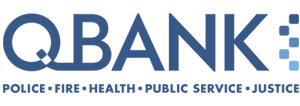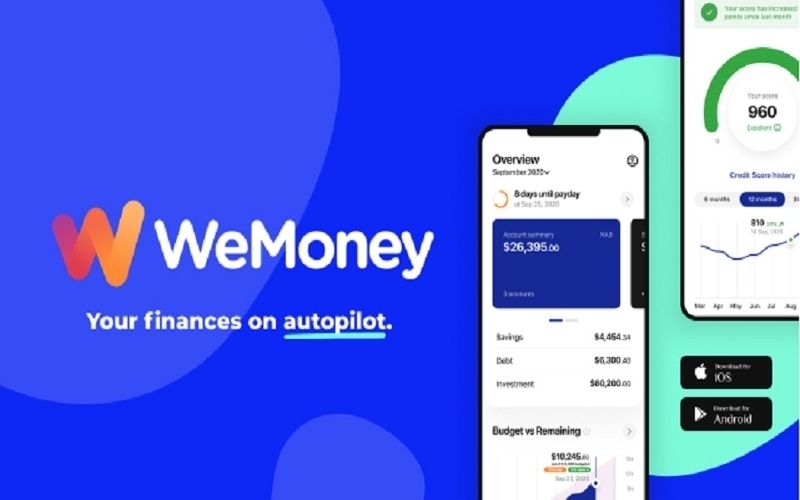There’s no real way around the hard truth: having children is expensive. How expensive? Well, recent data from Suncorp revealed that the cost of raising a child in Australia has increased by more than 10% in the past five years, with the average parent spending almost $1,500 each month. From childcare to clothing, the cost of raising a child is increasing, particularly on things like technology, education and extracurricular activities.
Education can be the biggest cost by far. According to the Australian Scholarship Group’s Cost of Education Calculator, for a child starting school in 2022 in a metropolitan area in NSW, education can cost the following:
| Primary school | Secondary school | |
| Government | $40,218 | $52,157 |
| Independent | $217,927 | $241,303 |
| Catholic | $54,426 | $77,623 |
Calculations factor in extra costs like uniforms, technology, extracurricular activities, fees & levies and more.
Now, these are just estimates using a calculator for a fictional child (named Steve), but you get the general idea: a full primary and secondary education can cost at least $90,000 per child. When you factor in everything else like food and entertainment, going with a conservative estimate, you'd reach around $400,000.
This is no small amount of money – where are you going to get it from? One option is to open a savings account when your new child is born.
Savings Accounts for Babies & Infants
Opening a savings account for your baby
Can you do it?
Anyone under the age of 18 can’t open a savings account on their own as they don’t have any legal right to sign such documents, but you can open one in your newborn’s name until they turn 18.
You’ll need to provide two forms of ID for them though in order to generate a Tax File Number (TFN) from the ATO, so once your child has been born, you’ll need to show their birth certificate and passport to open their account.
Alternatively, you could just set up a different savings account under your own name and transfer money into it on a regular basis. Kid’s bank accounts are known to have better interest rates though.
By opening a new savings account for a baby, you can both deposit an initial amount and add to it over time in order to reach a target – ASIC’s MoneySmart has a savings goal calculator that can help you do this.
Government regulations on kid’s bank accounts
Since they can earn higher interest than adult savings accounts, the ATO has strict rules over children’s savings accounts to discourage parents from putting money in for their own gain. ATO’s higher tax rates on unearned income (e.g. family allowance or interest earned on gifts from relatives) for minors (under 18) also act as a deterrent:
- Non-excepted income (unearned income) between $417 and $1307 is taxed at 66%
- If non-excepted income (unearned income) exceeds $1,307, the total is taxed 45%
See the ATO website for more information on the tax rules for children’s bank accounts.
Are savings account rates high enough?
Kid’s bank accounts tend to have higher interest rates than standard bank accounts. At the time of writing, the highest interest rate on a kid’s bank account is 1.26% p.a. The highest savings account interest rates are from BOQ and Westpac - 2.5% p.a. - for young adults under 30 years old. But these accounts come with their own terms and conditions for the bonus interest to be earned.
Some kid’s bank accounts come with capped balances, meaning their interest rate will decrease once the balance hits a certain amount, such as $5,000. This can make long-term saving challenging to say the least.
Rates of 1% p.a. and up on kid’s bank accounts aren’t great, because currently, rates on savings accounts are at historic lows. So it can be difficult to raise enough money to pay for your children’s entertainment purely through interest – most of it will have to come through savvy saving by making regular contributions.
Let’s say you wanted to reach a target of $325,000 over 18 years, so you can send your child to a public primary school before moving to a private secondary school (as calculated above). Using MoneySmart’s savings goal calculator, an initial $10,000 deposit using the interest rates above would require the following monthly contributions to your savings account:
| Interest rate | Monthly contributions |
|---|---|
| 1.26% | $1,288 |
| 2.5% | $1,133 |
Does not account for inflation or tax payable on earnings.
These are some of the highest interest rates you can earn, too – an interest rate lower than these will require even greater monthly top-ups.
If you feel these amounts are unreasonable for your family, you can try some other investment options…
What other alternatives are out there?
To save for your baby’s future, you aren’t limited to just a savings account. There are plenty of options out there, but the two we’ll be focusing on here are investing in exchange-traded funds and managed funds.
Investing in an index fund
Minors can’t buy and sell shares, and even if they could, you shouldn’t trust an infant to make sensible investments. But, you can do it for them. Buying individual stocks can be a good choice if you back your judgement – according to the ASX’s 2020 Long-Term Investing Report:
- Australian shares averaged returns of 9.3% p.a. over the past 10 years
- Global shares (S&P 500) returned 13.95% p.a. over the last 10 years
But picking the right stocks can be tricky, which is why you can use an exchange-traded fund (ETF), a passive and low-cost way of gaining exposure to a particular index, like the ASX200. Although the global share market has been quite volatile recently, it has always represented historical long-term growth.
Looking at the graph below from Trading Economics, you can see that despite the GFC, the ASX200 has risen from just above 3,000 points in the year 2000 to around 7,000 in 2021 – a return of over 100%.

Source: tradingeconomics.com
You’d be unlikely to match these returns exactly with an index fund due to the fees (which are low but still there), but at a 9.3% annual rate of return, an initial investment of $10,000 with an extra $5,000 being invested every year would give you a final balance of more than $280,000 after 18 years.
Managed funds
Managed funds are a ‘managed investment scheme’: they pool your money together with other investors and are ‘managed’ by a fund manager, who buys and sells shares on your behalf. Like ETFs, managed funds can offer diversification due to investments in a broad range of assets, less admin and the ability to make extra contributions, as well as potentially capitalising on higher returns compared to savings accounts.
But one of the more common criticisms of managed funds is their cost compared to ETFs – management fees in excess of 1-2% are common, while higher performance fees might also apply. There may also be a high entry point, such as needing several tens of thousands of dollars to start investing. With a managed fund, you also lose the ability to let your child gradually have a say in what they’re invested in – while minors cannot buy and sell shares, you could introduce them to the concept of trading by showing them their portfolio with an ETF.
Consult a financial advisor
You’re not limited to savings accounts or investment funds to save for your child’s future. Other options include education funds, insurance and investment bonds, home loan offset accounts, term deposits, and if you can, family trusts. To find out if these are suitable for you, talk to a reputable financial advisor. You can check ASIC’s financial services register to see if financial planners are qualified and a member of reputable professional bodies.
Once you’ve found an advisor who suits your needs, ask for an estimate of the fees they charge and what a session with them might cost. While you can’t put a price on your child’s future, you can put a price on financial advice if an equally qualified advisor is offering the same services for less.
Consult MoneySmart’s article on choosing a financial advisor for more detailed information – this isn’t a decision that should be made lightly. Speaking to a financial planner or advisor can be a good way to map out a plan of where you are, where you want to be and how you can get there for your kids.
What type of bank account should you open for your baby?
You can open either a standard savings account or a kid’s bank account in their name to potentially earn a higher interest rate (but possibly be hit by higher tax rates on interest earnings).
Keep in mind that regular contributions over the years are key to growing your kid’s precious nest egg, because interest will only get you so far. A $10,000 balance earning 3% p.a. interest in a savings account will be worth around $17,000 over 18 years, but with monthly contributions of $100, it would be worth around $45,500!
This money could go towards many different things that could bring your kids joy when they come of age, like holidays, university costs or a car for when they somehow get their license. Whatever your reason for saving for your kids, starting when they’re born will give you a strong start.
Article originally published by William Jolly on 19 December 2018, updated by Rachel Horan on 27 January 2022











 William Jolly
William Jolly
 Aaron Bell
Aaron Bell













